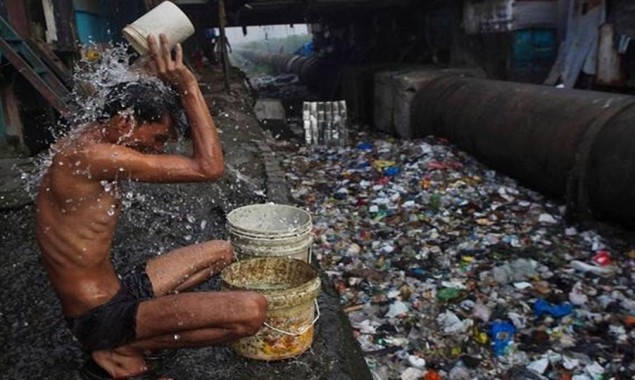
Millions of Indians are living abroad in search of a better life, but the country’s treatment of its migrants is now being focused on globally.
A new study finds that India’s policies do not support integration in the context of public health, education, labour mobility and social discrimination.
According to the Migrant Integration Policy Index 2020, India was the lowest among the 52 countries surveyed last year on the integration and integration of migrants into society.
This index on the situation of refugees was published recently according to which India got 24 points out of 100 points while the average points in this index are 50 points. India has been included in the list of countries that are not taking appropriate action to make ‘immigration integration’ possible.
Migrant Integration Policy Index
This index is actually a ‘policy tool’ of different countries and this index measures the policies of any country with eight ‘parameters’ regarding international migrants. These indexes produce two European think tanks. Brussels Migration Policy Group and Barcelona Center for International Affairs. The two have been jointly preparing and publishing the index since 2014.
According to the 2020 Migrant Integration Policy Index, while other Asian countries such as China and Indonesia have improved their integration policies, India’s policy has not changed in the last five years. In terms of key policies in 20 sectors, India’s score on refugee integration policy was less than 20 points. In these areas, India’s score has fallen sharply in other key areas, including the labour market, education, health, acquisition of nationality and measures against discrimination.
Why India is less important in terms of immigration?
Although India is not the most important destination for migrants in the world, according to the 2011 census, India is home to 5 million migrants. According to data provided in 2019 by the Population Division of the United Nations Department of Economic and Social Affairs, the number of migrants in India was 7.6 million in 1990, which dropped to 5.1 in 2019 after a clear decline. Percent left. Similar estimates by the UN High Commissioner for Refugees show that in 2020, the number of migrants and asylum seekers in India was 210,201.
These figures are included in the UN High Commissioner’s 2020 India Fact Sheet. In addition, in 2019, 95.3% of India’s migrants were from Central and South Asia, including neighbouring Pakistan, Bangladesh, Nepal, Bhutan, Sri Lanka and Afghanistan. That number was more or less the same in 1990. According to the World Migration Report 2020, there are currently 17.5 million migrants from India worldwide.
India’s overall refugee integration policy index is at an all-time low. With the exception of Family Reunion, India is well below the average score in all other areas of refugee integration policy. India’s policy has been described as the worst in the policy of many important sectors. For example, India’s policy on issues such as the labour market, health care, mobility and access to national rights is very poor. Access to employment visas in India is subject to certain conditions. Only those with a highly skilled background are considered eligible to earn more than $25,000 a year.
In addition, according to information obtained from Home Ministry sources, immigrants are not issued work visas in areas where there are eligible Indian nationals to work. Overseas residents on business visas have the option of ‘self-employment’ but do not receive any assistance or opportunities to promote access to the labour market or to improve their professional skills.
Poor public image
Little is known about the impact of immigrants on the economies of developing countries. In India, on the one hand, immigrants are increasing social and cultural diversity, while in the Indian economy, immigrants from neighbouring countries such as Nepal, etc., are construction workers, domestic helpers, cleaners, bars and restaurant workers in the informal sector. Are contributing a lot as small entrepreneurs. Unfortunately, such contributions are completely ignored. This part of the economy is not measured, nor is its role positively acknowledged, and on the contrary, immigrants often face harassment. They are exploited by brokers, the owners make promises to them and sometimes they pay less than the promises. Border security forces also often mistreat them.
Read More News On
Catch all the International News, Breaking News Event and Latest News Updates on The BOL News
Download The BOL News App to get the Daily News Update & Follow us on Google News.




